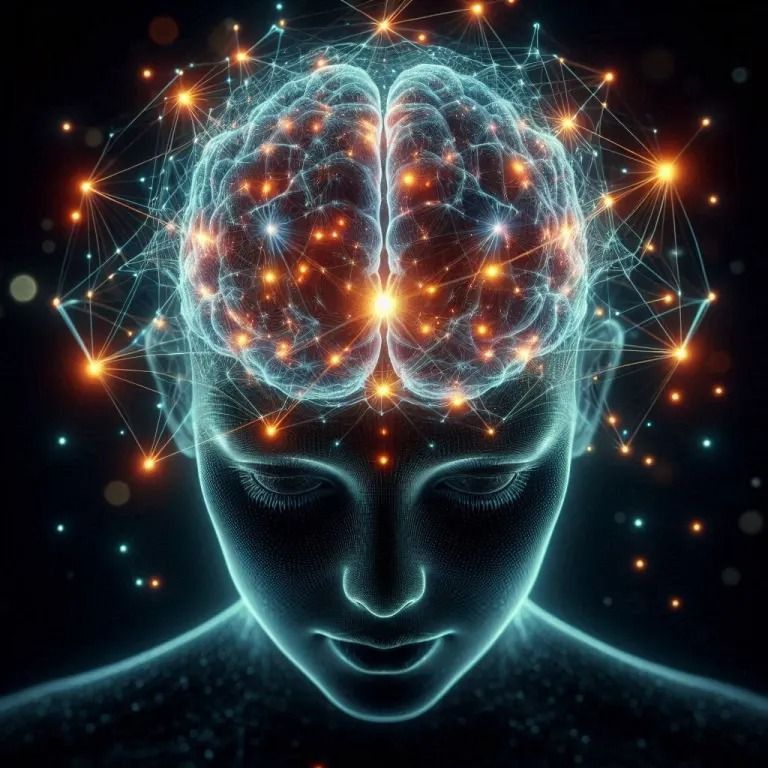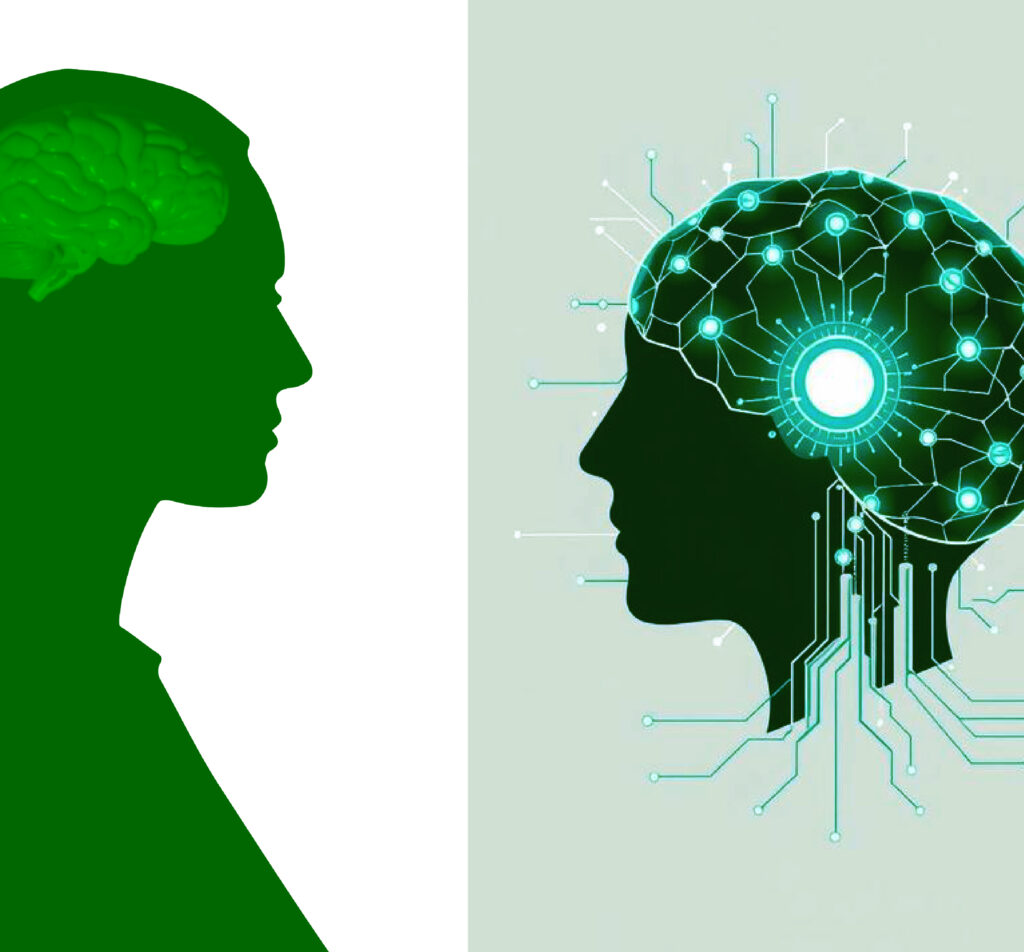Emotional Intelligence and Artificial Intelligence: Where Feelings Meet Code
- Home
- Emotional Intelligence and Artificial Intelligence: Where Feelings Meet Code

Emotional Intelligence and Artificial Intelligence: Where Feelings Meet Code
Artificial Intelligence (AI) is often praised for its logic, speed, and ability to process massive amounts of data. Yet, what makes humans unique and still ahead of machines is emotional intelligence (EI): the ability to perceive, understand, and regulate emotions. Interestingly, these two worlds are beginning to intersect.
Teaching Machines to “Feel”
AI researchers are developing systems that simulate aspects of emotional intelligence. Known as affective computing or emotional AI, these technologies use speech patterns, facial recognition, and even physiological signals to detect human emotions. For example:
- Chatbots that adjust tone when a customer sounds frustrated.
- Healthcare AI that monitors patient stress or depression through voice analysis.
- Driver-assist systems that sense fatigue or anger to improve road safety.
These applications show that machines are not just processing data—they’re learning to interpret the emotional context behind it.

Why Emotional Intelligence Matters for AI
For AI to be truly effective in human-centered industries, healthcare, education, customer service, even robotics, it must go beyond computation and understand how people feel. An AI tutor, for example, isn’t useful if it can solve math but fails to recognize a student’s frustration. Emotional intelligence ensures that technology adapts not just to human needs, but also to human states of mind.
The Science at Play
While humans rely on the amygdala and prefrontal cortex to manage emotions, AI uses neural networks and machine learning models. The “training data” for machines is emotional cues gathered from millions of interactions. The challenge is ensuring that these systems remain ethical, unbiased, and respectful of privacy while simulating empathy.
The Future: Human-AI Synergy
We’re entering an era where emotional intelligence will be the bridge between humans and AI. Instead of replacing human empathy, emotional AI can augment it, helping doctors detect stress earlier, improving mental health apps, or making virtual assistants more human-friendly.
In short, emotional intelligence is no longer just a human trait. It’s becoming the next frontier in AI, shaping how technology connects with us on a deeply human level.
- Share
